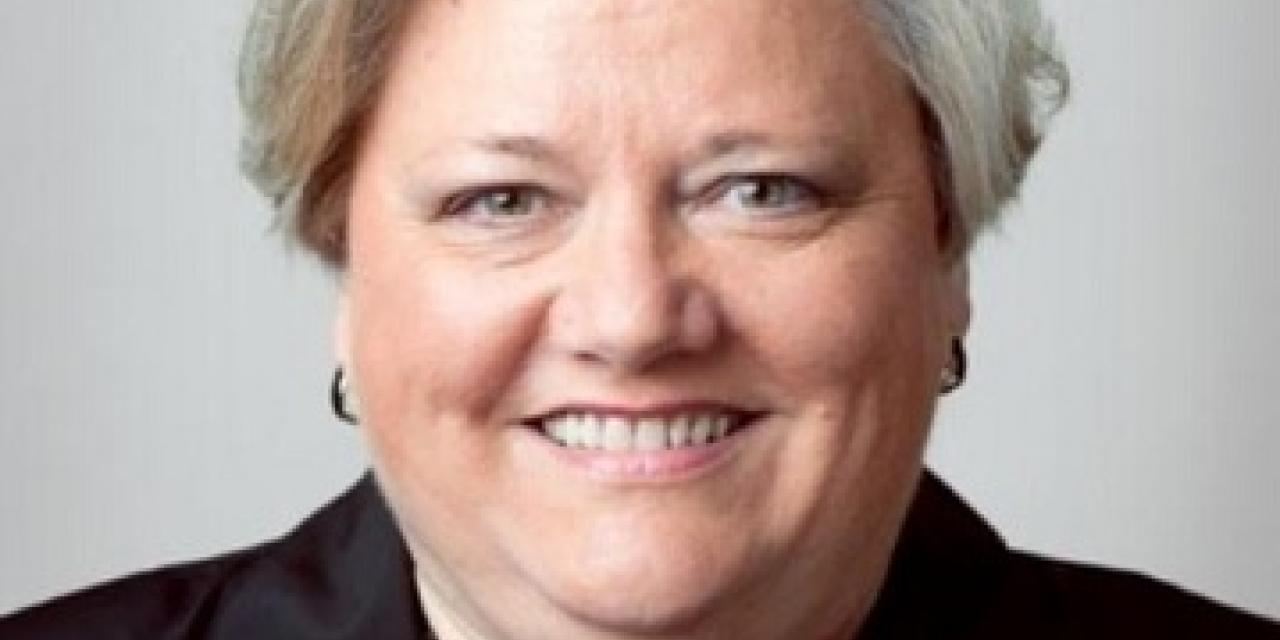
Constance Cherry: Indiana Wesleyan University professor of worship and pastoral ministry; Grant United Methodist Church pastor
Current city: Marion, Indiana, United States
Denominational context: United Methodist Church (UMC)
Worship roles: Cherry’s passions include small churches, worship design, and congregational singing. She is also an author, composer, and speaker. Her books have been translated into many languages.
COVID-19 situation (as of March 26, 2020): Grant UMC is a small church of about forty active people. I am the pastor and the only staff person (part time). Other than a Facebook page, we really do not have technological capabilities in terms of equipment or personnel to take advantage of free technologies. Presently, Indiana’s Governor Holcomb has ordered “shelter in place,” and our bishop has ordered no onsite Sunday church services for United Methodists in Indiana for the time being.
What’s working well—or not: I have written and sent a pastoral letter to all active members, encouraging all members to participate in Sunday livestreaming. I offered examples of churches to virtually attend for those who use the internet daily. But I sent the letter by postal delivery because some of our older members aren’t online. My letter included:
- names of six band (lay) leaders who will phone people weekly
- general spiritual encouragement and a devotional for Lent, including a brief prayer to pray every day during Lent
- addresses of members in care facilities, now all the more isolated, so members can send cards frequently, especially for Easter
- our members’ urgent prayer needs
- how to financially support our church if you can’t give online
- resources for worshiping online
Most helpful worship resources: For those with good internet access and skills, I provided a viable list of appropriate livestreamed options. The list suggests a range of churches for them to explore, mostly within our denomination. I encouraged them to worship in the same online congregation weekly. Participating with the same church over time can really make one feel more connected. It’s better than trying worship roulette with a different church each week. The online church persons and liturgies will become familiar even if different than what we do at Grant UMC.
"It doesn't take a big church with lots of
human and monetary resources
to minister during this time."
Needs, questions, or insights to share: It doesn’t take a big church with lots of human and monetary resources to minister during this time. We have a large cross that we reintroduced into the churchyard as a witness to passersby. Our cross is positioned near our church sign. During Lent the sign’s message is “Jesus built us a bridge to God with 2 boards and 3 nails.” On Holy Saturday the sign will change to “This we know: Christ has died, Christ is risen, Christ will come again.” So the church sign points to the cross.
COVID-19 offers a real opportunity for more organized believer-to-believer care. John Wesley established a discipleship band system of watching over one another in love. Methodist bands functioned as neighborhood watch care groups. I invited six lay persons to serve as band leaders at Grant UMC. They each have a set of names to call each week. Everyone in the whole church is on a list. Band leaders will focus on asking how the person is doing, whether they need anything, and how the leader can pray for them. We will do this until our onsite worship resumes.
LEARN MORE
This interactive map shows that hundreds of U.S. counties and millions of U.S. residents, especially in rural areas, have poor or no internet access. Banding Together is a contemporary version of Methodist bands, John Wesley’s small-group discipleship method.

